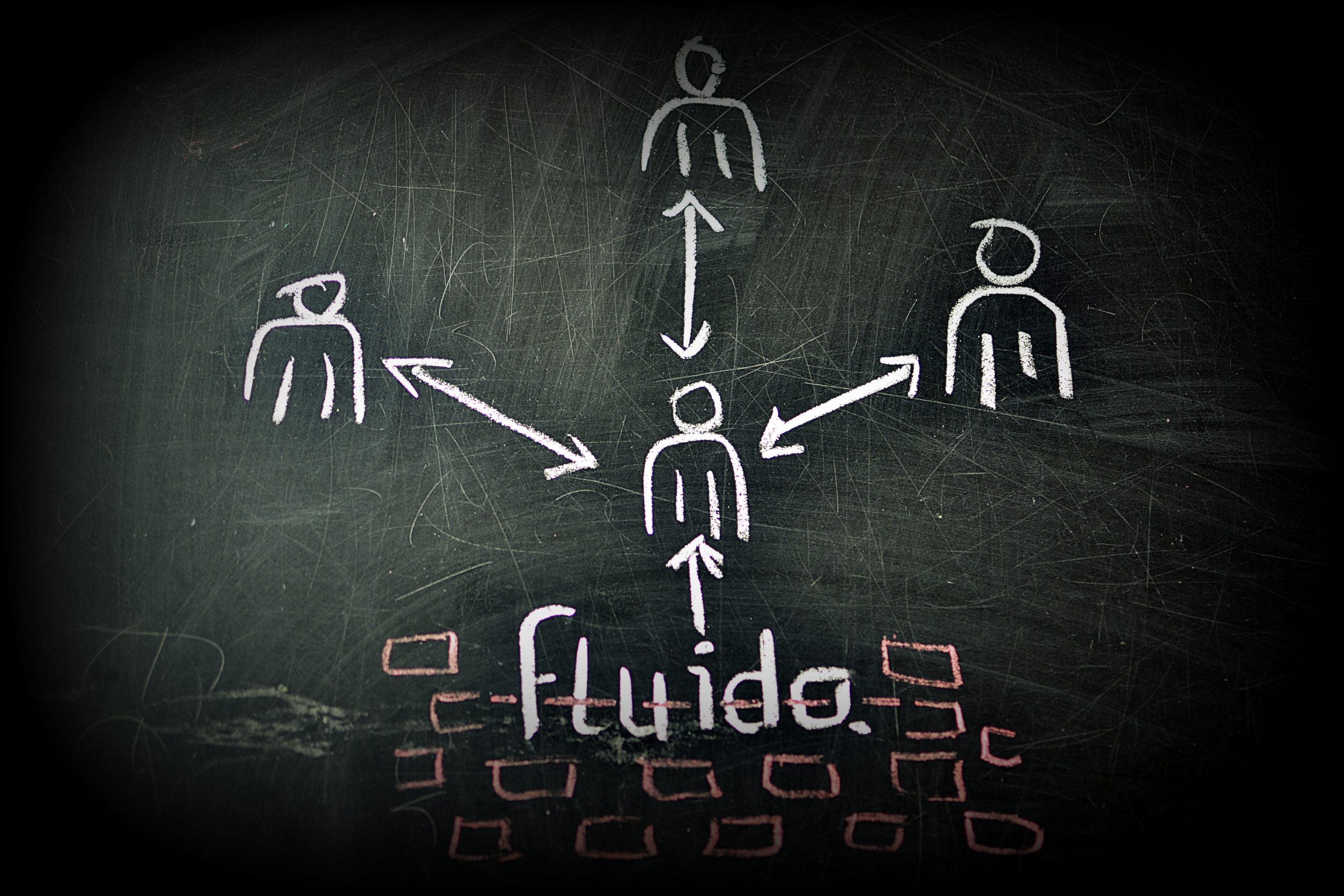Blog
22/06/2022
Incentives & benefits for your loyalty program
5 minute read
More and more companies are discovering the importance of putting the customer at the center of their actions and thoughts. A valuable and powerful tool for this can be customer loyalty programs. But what incentives and benefits fit your customer's needs and match your company's goals?
In our article “The Long Road to the Customer-Centric Enterprise” we reported on how loyalty programs in a B2C environment can be used to generate data about your customers – personal, behavioral and transactional data to be precise.
In order to be able to obtain, save and use these, you need the consent of your customers. In exchange for these, you offer your customers benefits. So, first of all, a loyalty program is an agreement between you and your customer – benefits in exchange for data.
One of the first fundamental questions that should be answered before introducing a customer loyalty program is about the incentive system and the benefits that you want and can offer your program members. In the course of your business case, you will also encounter the challenge of calculating the likely costs for the added value provided to the customer.
The first fundamental question: Tier level vs. earn-and-burn approach
First, let’s look at the two basic incentive systems. In practice, of course, hybrids and variations are often encountered. However, the two classic forms are the status or tier level concept on the one hand and the earn-and-burn concept on the other.
The explanation is conceivably obvious. With tier level concepts, the customer has the option of moving up to different levels and, in some cases, also moving down. As a rule, the higher the level, the more and more significant benefits are added.
The earn-and-burn approach offers the possibility of redeeming accumulated units of a fictitious currency, mostly for concrete rewards in kind, in some cases also for services. Both concepts favour certain incentives, customer groups, company structures and many other factors. Choosing the optimal system is not that easy.
Intrinsic motivation versus tangible benefit
One of the advantages of a tier level concept is the intrinsic motivation of your customers to improve their own status. This inner drive that most people feel should not be underestimated. The perception of belonging to an elite and thus setting oneself apart from the masses triggers a downright sporting ambition in many people. The basic prerequisite for this is, of course, that the associated advantages are actually perceived as such.
This is exactly where one of the disadvantages compared to earn-and-burn concepts lies. The benefits granted are often less tangible and obvious. For example, an extended right of exchange or free delivery is only perceived as a clear advantage if it is used. But even then, the benefit remains rather abstract, whereas redeeming collected currency units for a reward is actually a visible and very tangible benefit.
Does the kitchen knife block really suit your company?
Another advantage of status-level concepts, however, is that the benefits granted are usually directly related to the company’s products or services and thus also contribute to them, while the non-cash bonuses available from an earn-and-burn program are often nothing or have very little to do with the company’s products or services. The kitchen knife block that the customer receives by redeeming the currency units bears no direct relation to the turnover that he has made, for example, in a pet shop by buying dry food. In this respect, you should consider whether and to what extent an earn-and-burn concept actually contributes to loyalty to your company.
Logic in need of explanation vs. tangible simplicity
If you compare the complexity of the two systems and consider the risk that the customer will be annoyed by endless explanations or at least cannot be activated because he does not understand the system, then the advantage is clearly on the side of earn-and-burn concepts. These usually don’t require much explanation, are fairly straight forward and the benefits are also very obvious and tangible.
Don’t overestimate your understanding of your own customers
No matter how much you are convinced that you know your target group, even experienced marketing experts are often surprised by the results of a comprehensive and methodically well-prepared survey of your customers or your target group. The preparation, conception and implementation of a loyalty program is a time-consuming and often cost-intensive process. It is therefore urgently recommended to keep the risk of incorrect assessments as low as possible. So don’t save in the wrong place – invest in thorough market research before making that decision.

Would you like to get to know your customers better? Would you like to put your customers at the center of your thoughts and actions?
We accompany you on the complex path to true customer focus – from the initial idea, through the conception, to the implementation on a Salesforce basis.
In our two-part strategy guide, learn all about:
- Preliminary considerations and approach
- concepts and mechanics
- Structure of the business case
- Campaigning & Couponing
- operating models
- implementation
Get in touch with us

Patrick Graab
Head of Marketing DACH

Elina Peuhkurinen
Head of Center of Excellence

Patrick Graab
Head of Marketing DACH
Read next
27/06/2022
